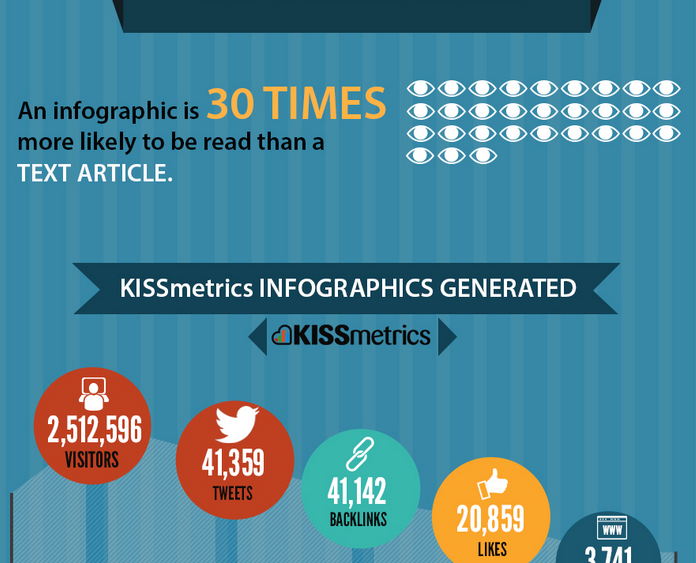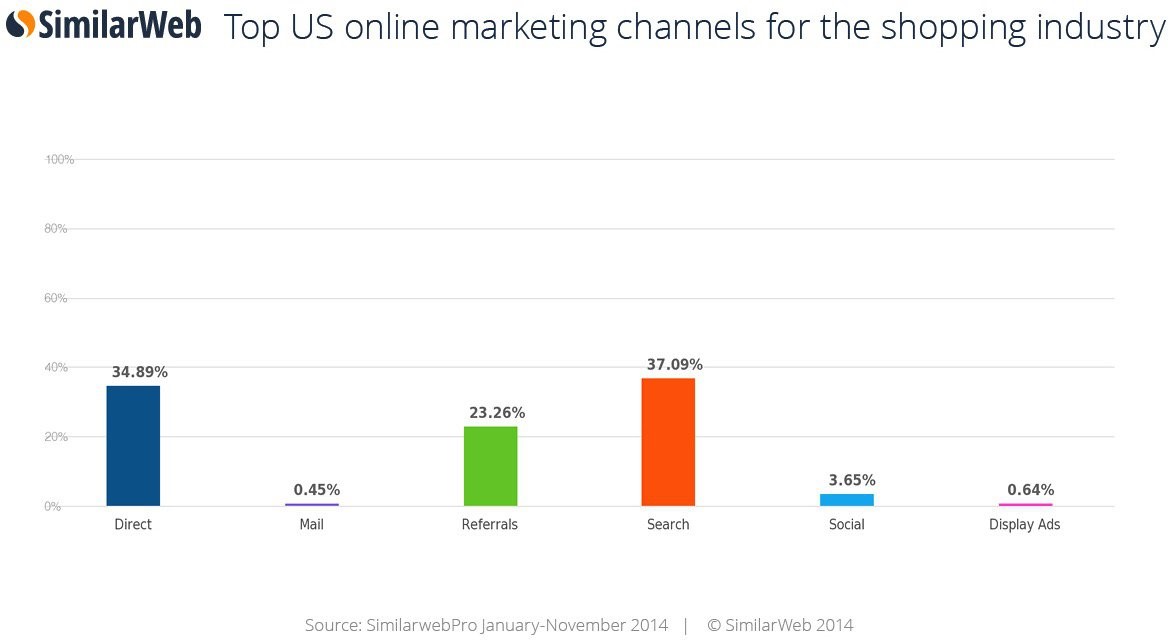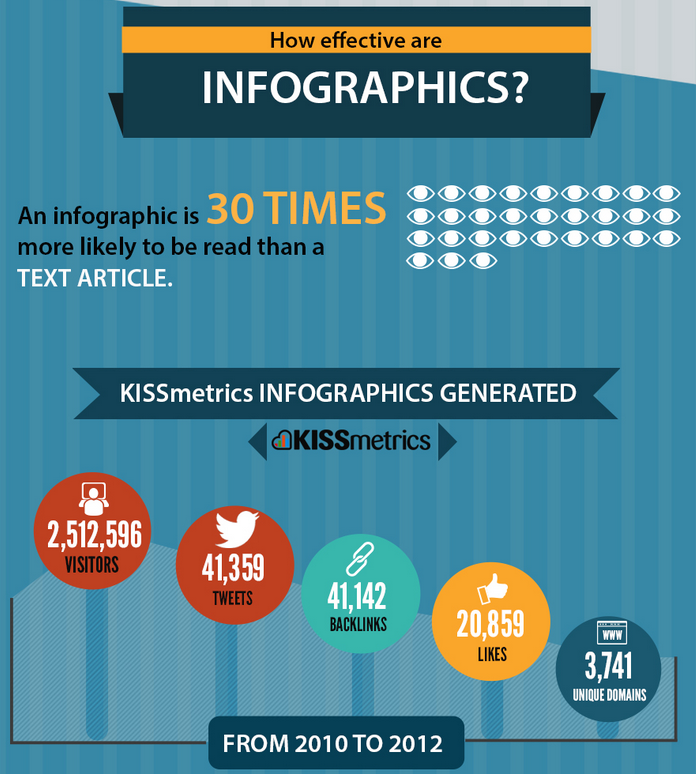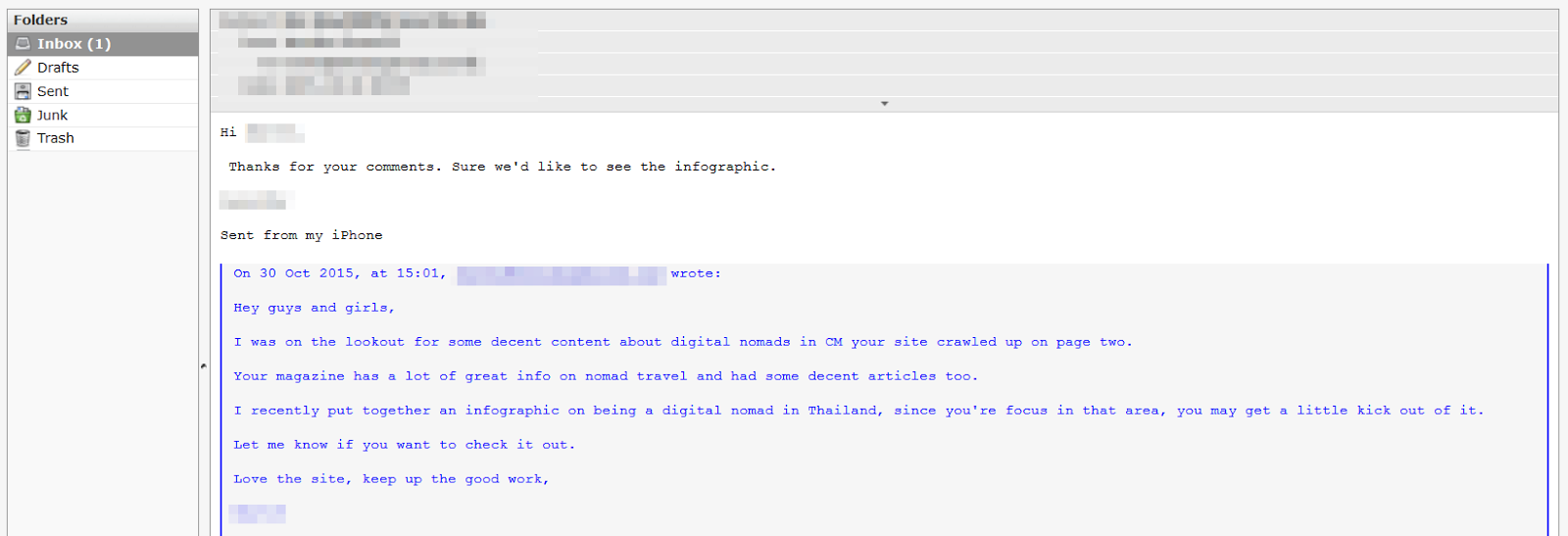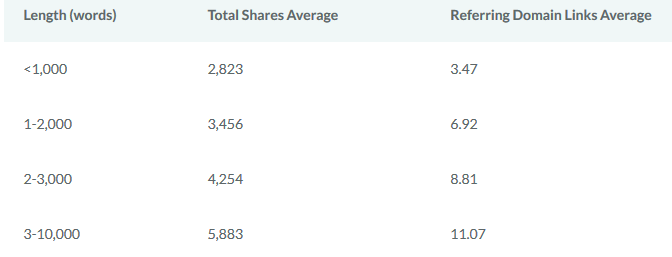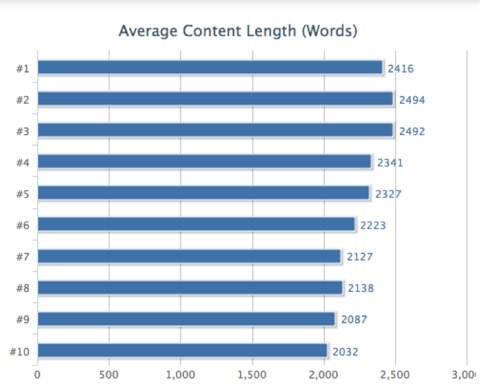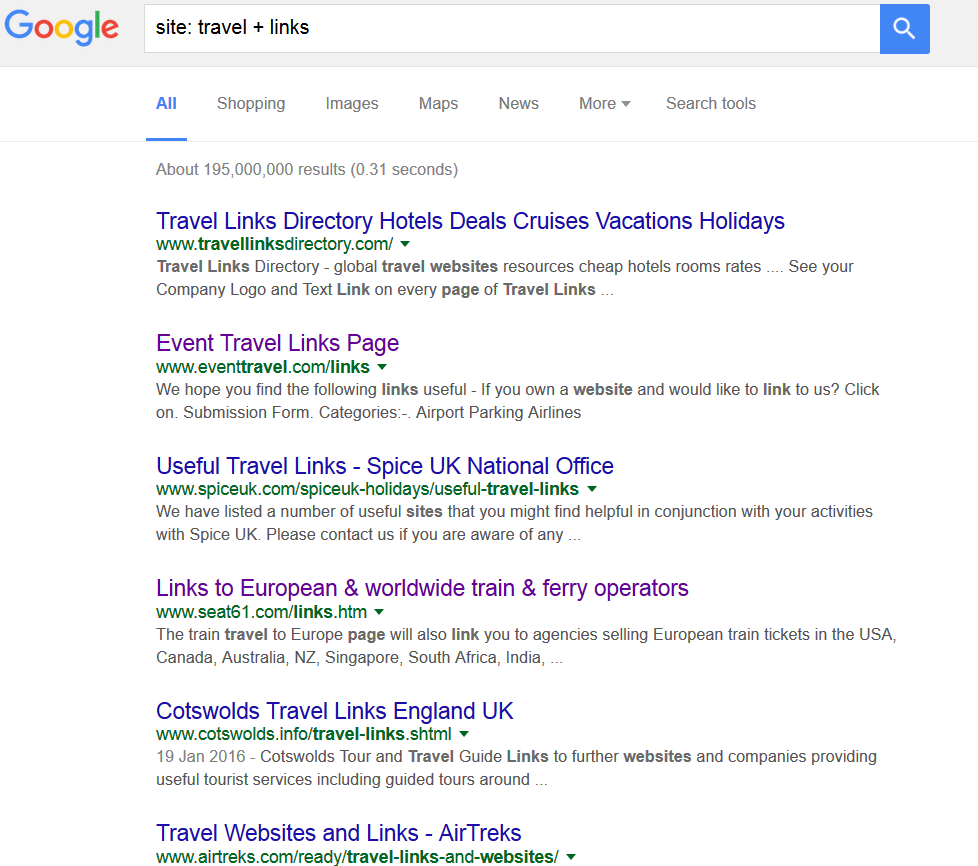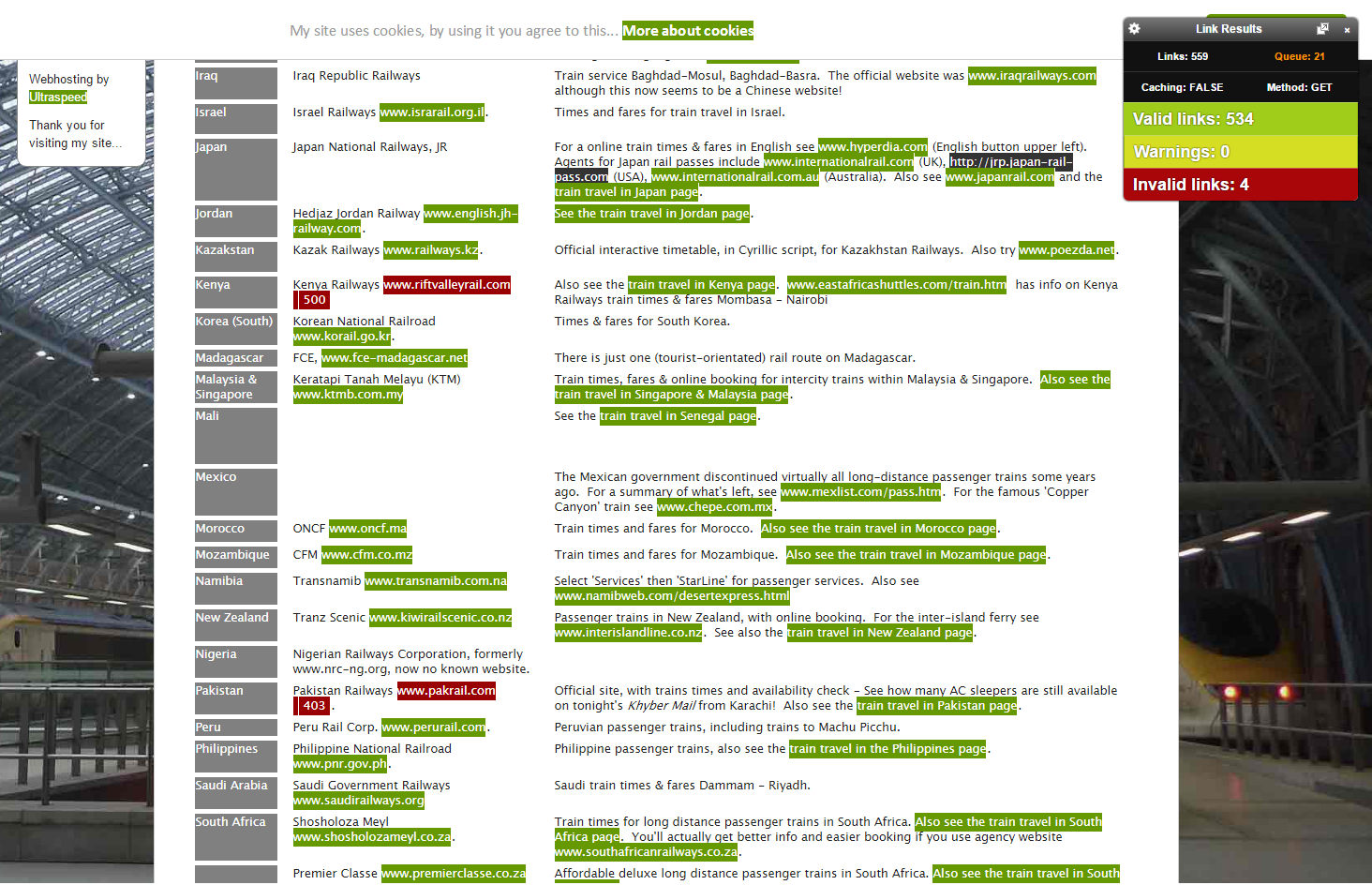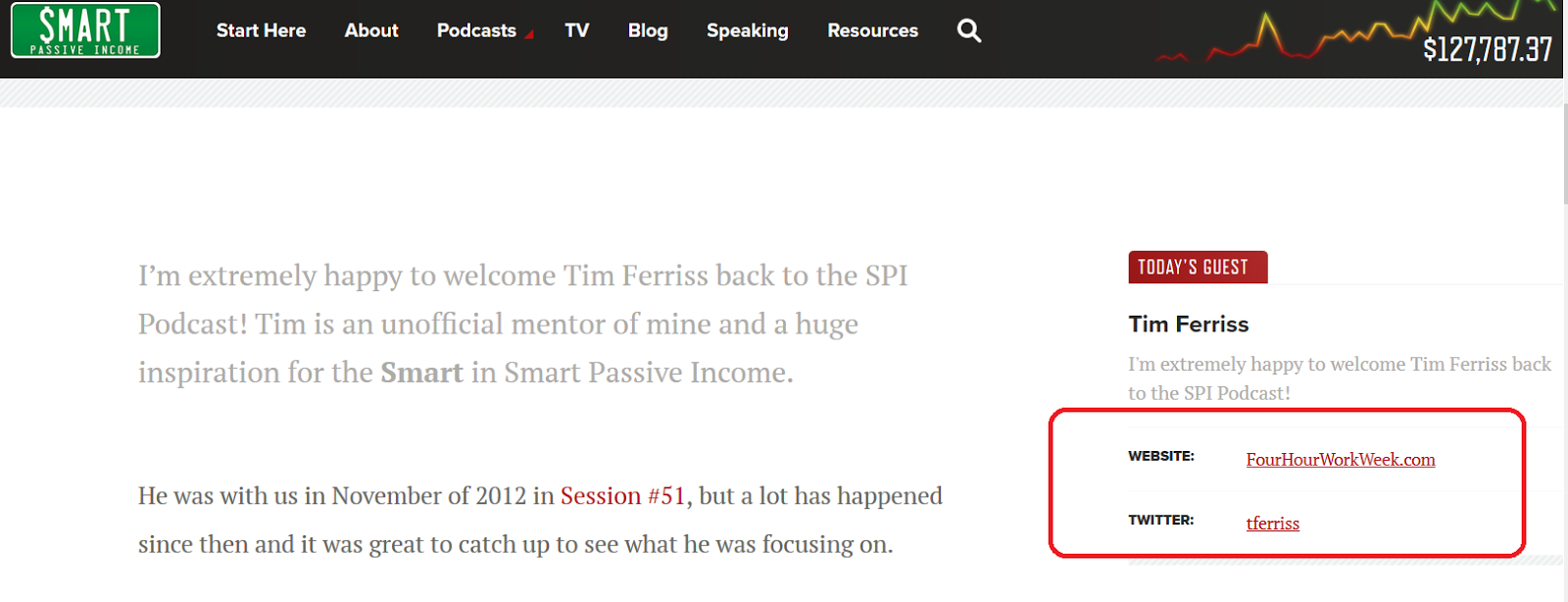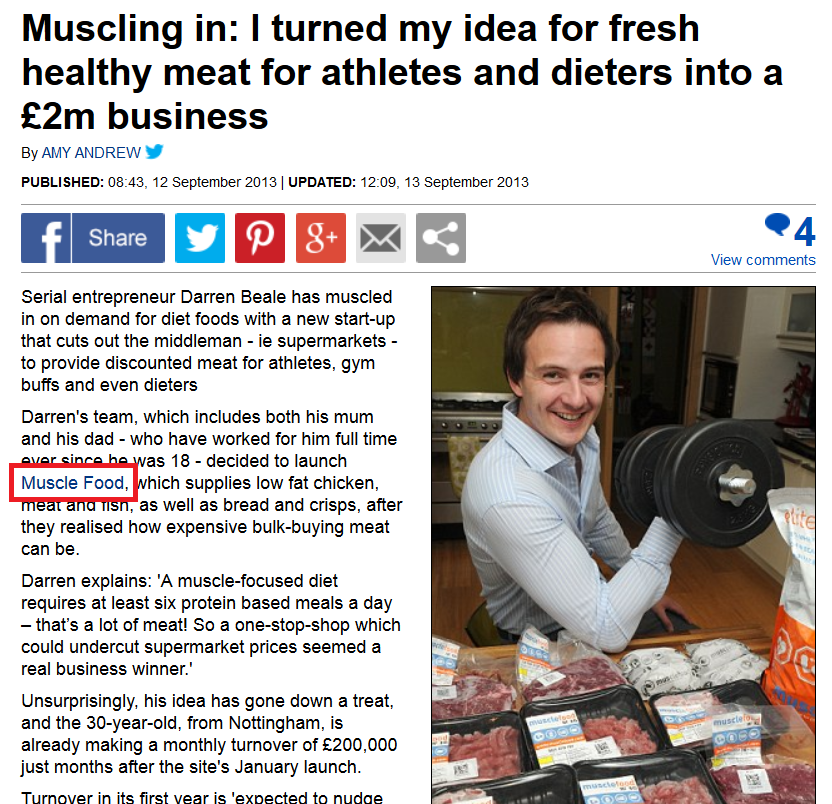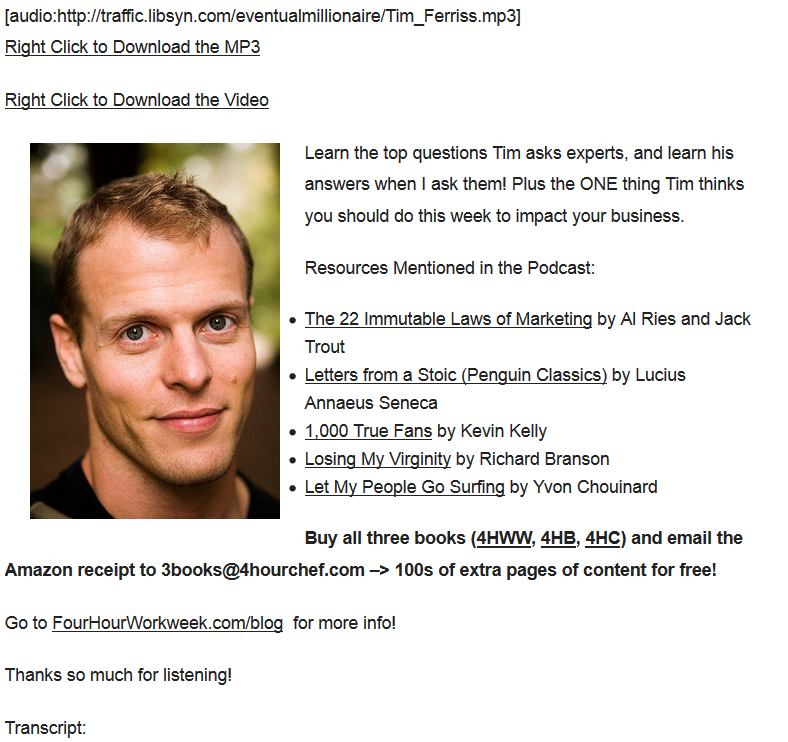The guys from Red Stag Fulfillment share their thoughts on Backlinks.
Thanks for the article!
Beginner’s Guide To Building Quality Backlinks in 2016
In the last few years businesses have really started to understand the importance of search traffic. Search traffic are people who are looking for something online (i.e your business) to solve their need. Their need could be to fix a leaky shower, seek mortgage advice, avoid hunger, cure boredom or purchase a product to improve their quality of life.
Unlike paid advertising which relies on by businesses pushing content in-front of their audience, search traffic works by users looking for you.
In 2014, search traffic was the top performing marketing channel in the shopping industry:
(Source)
Where does search traffic come from? Google, Bing, Yahoo and other major search engines. By targeting keywords search traffic are typing, you can place your business in front of their eyes when they are in need.
To get search traffic on your website, you must rank your business using search engine optimization (SEO).
There are over 200+ ranking factors that increase website visibility in search engines, everything from content creation, keyword research, web page structure to social media shares impact where your website sits on Google.
However, of all the ranking signals for SEO, most experts agree (see here and here) that building quality backlinks is the fastest way rank for top keywords:(Source)
The pie chart above shows that link signals have 20% weight to ranking your business online.
Why backlinks are so important
A backlink is a URL link that points from one website to another. Websites typically link to other sites to either reference content or provide their readers with further information on a subject.
Website owners usually link to sites of high authority and reputation because linking to spam or low quality sites only damages their own reputation and ranking on Google.
This is why search engines put such an emphasis on backlinks when ranking businesses online.
Take this article as the perfect example, every backlink I’ve placed is to high quality sites that provide you with more context on building quality backlinks or are references to stats or images used.
So then, how do you get high quality websites to link back to your website?
-
Content is King
The term Content is King has become a phrase that is idly thrown about in search engine marketing. Let’s be honest, most online content today is mediocre at best (I’ll show you stats to prove this later), if you’re hiring budget content writers or spending 25 minutes to write a complete blog post, don’t expect that to help you build quality backlinks.
You have to go above and beyond what’s already out there to generate backlinks to increase your website visibility in search engines.
One proven technique is to publish high-quality infographics as they are shared like wildfire:(Source)
Within 2 years KISSmetrics generated over 41,00 backlinks from infographics alone. Everyone loves linking to infographics because they are easy to consume and pretty on the eye.
I too know the value infographics can have to build high quality backlinks.
In 2015 I created an infographic for a travel blog and emailed 36 travel bloggers letting them know about it. My objective was for them to share my infographic on their website as it provided a ton of value to their audience as well as my own (oh, and because I wanted a backlink :P).
Here’s the email template I sent out (my email is in blue, their reply is in black):
I didn’t pitch them the idea of linking my infographic on their site in the opening email, that’s just too spammy and my email will just be ignored. Website owners are getting pitched to on a daily basis, don’t open dialogue by pitching.
Instead of pitching, I spent time reading recent blog posts of all 36 travel blogs I reached out to. In each email I mentioned the blog post I liked most to build rapport, come across as someone who is interested in their work and to slightly inflate their egos.
As you can see they were thrilled to check out my infographic.
In the end the travel blogger loved my infographic so much that I told them they could share it on their own website, and if they wanted and I’d even write them a few paragraphs to introduce it the graphic:
The result:
I emailed 36 travel bloggers in total and 7 agreed to link my infographic on their site. On average you’re spending anywhere between $100-$250 for a quality infographic, but if you can get them shared on high quality sites they are a great investment.
-
Rethink the way you write content
In 2015, Moz and BuzzSumo combined forces to discover which type of content was shared the most (you can read the full study here).
If you don’t have time to read their 30 page report (spoiler alert incoming), they found that 50% of all content had less than 2 Facebook interactions and zero backlinks, or as I like to think, over 50% of content was poor.
They also found that long-form content (1,000 words or more) received more shares than 1,000< articles:
Content that contained deep-research or strong opinions were linked to the most. It’s not really a surprise either since opinion or researched content is unique and of higher quality given the time it takes to produce compared to a list article or how-to blog.
If you’re blogging to generate backlinks or increase organic search traffic, how much of your content is over 1,000 words and contains strong opinions or facts?
Quicksprout also revealed that higher wordcount resulted in higher positions on Google:
The higher your site ranks, the more traffic you will get.
-
Run paid ads to your best content
There are a few reasons to promote your best articles on Facebook and Twitter. As people share and re-tweet your content, social media backlinks are created which do count as ranking signals on Google (although they are not as strong as links from actual websites).
More importantly, by running paid ads you get content in front of more people who may share it on their own website.
Here’s an example of one blog post I promoted on Facebook about the visa situation in Thailand after their drastic changes in 2015:
It reached 82,477 people and received more than 313 shares from readers on Facebook, but more importantly others started to share it on Thailand news sites where I was able to generate more backlinks organically:
Generating backlinks is all about getting your content in front of the right people who will share it with their audience, running paid ads fast-tracks this process.
-
Broken link building
Broken link building is a cool way to generate tons of relevant backlinks, and with the tools and tricks I’m about to reveal, anyone can do it.
Broken link building is a method of inspecting websites you want to be linked from and finding broken links on their website to replace with your own.
It works like this: let’s say you’re in the travel niche and want to get linked from other travel blogs, I know that many travel blogs have a suggested link or resource page full of mentions to other travel related sites.
These dedicated pages normally have the following in their URL structure: links, resource, resources, help, hacks, tips.
By typing the following into Google: “site: Travel + links” you can filter search results to show travel sites that have the word links within their URL:
I randomly click one travel site from the first page and use the Check My Links Chrome extension to identify links that no longer work (highlighted in red):
The name of the game is to get in touch with the website owner and aware them on all broken links.
You can kindly suggest that they could use one of your articles which closely matches the broken link saving them time looking for a new link. Oh, and you can also tell them that broken links are bad for SEO and can affect their rankings (to give them a further incentive to change their broken links).
-
Get interviewed
Being interviewed or running question and answer blog posts is a great way to generate backlinks on high profile sites. There are hundreds of business startup podcasts that are constantly looking to interview online business owners.
They’ll typically link your website on their page with a short bio about who you are:
If your business is aimed to serve the local community, reach out to local online newspapers to be interviewed about what you’re doing and why they should interview you.
This is what Muscle Food did:
You can even reach out to businesses who are in a similar industry and ask if they would like to be interviewed on your website or vice versa:
This is what Tim Ferriss does to create quality links back to his website. You just need to find a business whose audience you can offer value, pitch your proposal revealing all the benefits and they’ll interview you in a heartbeat.
Should you buy backlinks?
The tips I’ve suggested above have been proven to work but require time, work and patience. Some websites owners want to take the easy route and pay to obtain backlinks.
I strongly advise against this because it’s against Google’s terms of service and can lead to a Google penalty, or see your site become de-indexed from Google. When a website is de-indexed it means it will no longer show up on Google, even if you type in the entire URL.
A Google penalty is not as catastrophic but you can still lose up to 90%+ of your website traffic and drop 20-50 places from where you were originally.
In my opinion that’s as good as being de-indexed.
Why is Google so harsh with businesses buying backlinks? Because it heavily relies on backlinks to determines the quality and trust of a website, if a business is found to be buying backlinks they are compromising the integrity of their search engine.
Even if you manage to recover from a penalty (it can take months) your website is still tagged with the mark and you may never rank like you once did.
Get backlinks the right way by providing value.
Summary
Regardless of which technique you use to build quality backlinks to your website, the foundations to obtaining backlinks is all about creating high quality content (remember: Content is King). Nobody wants to share a poorly written article on Facebook because what they share is a representation of what they believe in, the same applies for websites who link to others.
Before you attempt to use any of the tips above, make sure your content is bulletproof and that people would be mad if they didn’t share it. Once you do that, go ahead and use my tips!
If you need SEO consulting or SEO help for your company, please feel free to contact us!
About the Author:

Social Links:

